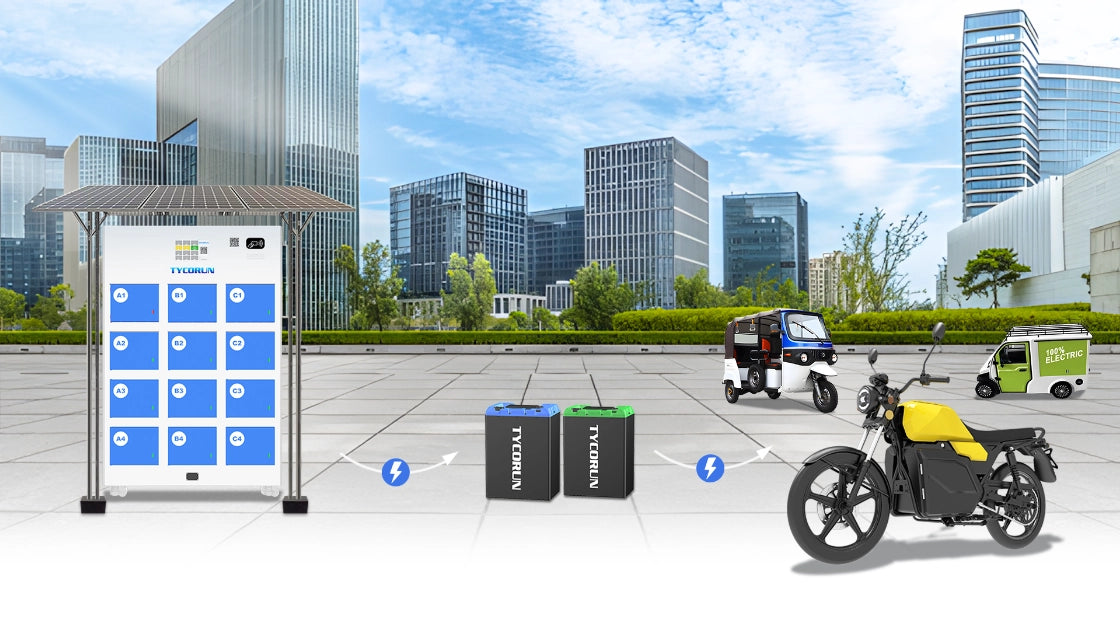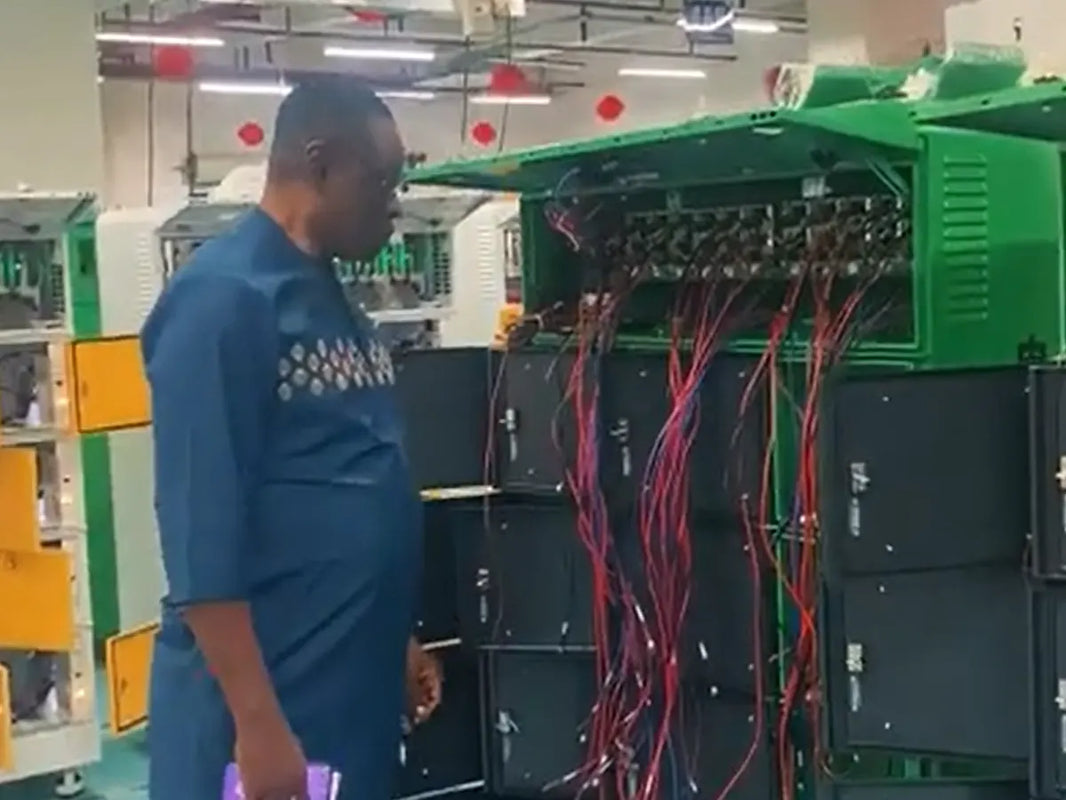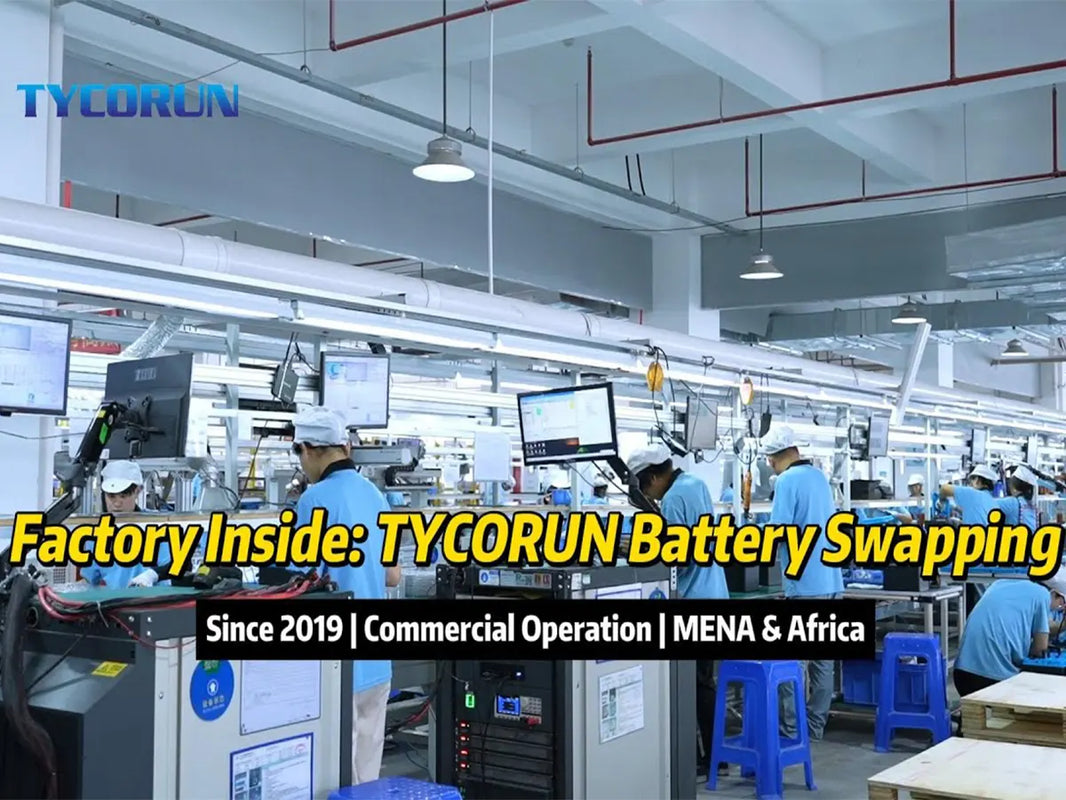
Main content:
In 2025, the global electric motorcycle market will undergo a structural shift. With the rise of emerging players such as China, India, and Vietnam, the electrification wave is moving from local penetration to mainstream adoption. Policy incentives and technological upgrades from various countries are driving the market boom, rapidly reshaping the traditional fuel vehicle landscape.
Global Market Dynamics and Regional Differentiation
Indonesia's motorcycle sales reached 587,048 units in July 2025, a year-on-year decrease of 1.98%, but a significant month-on-month increase of 15.3%, demonstrating market resilience. Scooters dominate (over 90%), with the Honda Vario 125 firmly at the top of the list, priced at 244,500 Indonesian rupiah (approximately RMB 115). Sales in the Philippines reached 910,923 units in the first half of the year, a year-on-year increase of 4.8%. Scooters were the primary driver of growth, with Honda and Yamaha leading the market with growth rates of 19.2% and 12.7%, respectively.
South Asian Market Recovery: Pakistan saw motorcycle and three-wheeler sales surge 44.06% to 122,441 units in July 2025. Honda Motorcycle sales exceeded 100,000 units (104,276 units) in a single month, while the newly launched Honda ICON electric scooter sold 303 units in its first month, demonstrating a tentative start to electrification. Consumers are increasingly attentive to motorcycle battery voltage when comparing models, especially for delivery riders and long-distance commuters who prioritize range and reliability.
The Electric Motorcycle Revolution: Vietnam's Explosion and the Global Landscape

Vietnam emerged as the biggest dark horse in the electric two-wheeler market in 2025. Sales of electric motorcycles reached 209,000 units in the first half of the year, a 99.2% year-on-year surge, making it the world's third-largest electric motorcycle market, behind China (3.2 million units) and India (657,000 units). The market exhibits distinct structural characteristics:
Explosive Growth In License-Free Models
Sales of L1 electric vehicles with engines under 4kW (equivalent to a 50cc fuel-powered vehicle) surged 112.6%. Their low price (approximately 20-30 million VND) and license-free status have made them a top choice for students.
Policy-driven Transformation
Hanoi will gradually ban the sale of fuel-powered motorcycles starting in July 2026, and Ho Chi Minh City plans to fully electrify its online motorcycle-hailing fleet by 2028. These policies have unleashed consumer demand early, driving a market boom.
Rise of Local Brands
VinFast dominates the domestic market with a 55% market share, with estimated global sales exceeding 100,000 units in the first half of the year, a 473% year-on-year increase. In contrast, traditional giants Honda and Yamaha have only launched one electric vehicle each, resulting in dismal sales.
Technological Breakthroughs and Development Trends in China

As of April 23, 2025, the listed Chinese two-wheeled electric vehicle companies are: Ninebot, Yadea, Aima, Luyuan, Xinri, and Niu. Ninebot ranks first with a total market capitalization of RMB 42.9 billion, followed closely by Yadea with a total market capitalization of RMB 42.19 billion.
By 2024, the new national standard, "Safety Technical Specifications for Electric Bicycles (GB17761-2018)," will have been fully implemented. The replacement cycle for electric vehicles has not yet reached its peak, and the market has returned to normal replacement patterns.
Furthermore, the two-wheeled electric vehicles under the 2018 new national standard do not fully meet users' demands for long-range and high power, leading to a decrease in replacement demand and a decline in market sales, with annual sales reaching approximately 50 million units.
At the end of 2024, the new national standard, "Safety Technical Specifications for Electric Bicycles (GB 17761-2024)," will be promulgated, setting new standards for vehicle weight and motor torque, meeting user needs. Combined with trade-in subsidies, a new round of growth is expected in 2025. However, against the backdrop of declining consumption, growth is expected to be limited, with annual sales estimated at 52 million units.
Amidst the saturated competition in the 400 million-unit existing market, the innovation fatigue of "material piling" is gradually emerging, while innovative approaches such as emotional connection and trendy play ecosystems are emerging as new trends. Leading brands are gradually shifting from simply stacking technical specifications to exploring deeper user value. This trend is reflected not only in product feature upgrades but also in a deeper response to user emotional needs. This shift not only provides users with a better travel experience but also opens up new growth opportunities for the industry.
The new national standard, through multi-dimensional regulations such as material restrictions, anti-tampering requirements, and functional module integration, is driving the design of two-wheeled electric vehicles towards greater safety, integration, and intelligence.
Appearance-wise, vehicles are trending towards simplicity and practicality, with a higher proportion of metal materials. Structurally, key areas are being addressed, including electric motorcycle battery and electronic component packaging, frame mechanical design, and the application of fire-retardant coatings. These changes both regulate industry chaos and provide space for technological innovation and differentiated competition.
Chongqing Qiulong Co., Ltd. has an annual production capacity of 80,000 electric off-road motorcycles, generating an annual output value of 650 million RMB. Its products are exported to nearly 50 countries, making it a benchmark in the global electric off-road market. Its products, integrating industrial design with environmentally friendly concepts, have broken through barriers in the high-end European and American markets.
The KAYO Racing Team, using domestically produced K6R motorcycles, swept both the MX1 and Women's categories at the 2025 China Motocross Championship (CMX). Equipped with a lightweight frame, a high-powered engine, and a complex-terrain suspension system, the K6R outperformed international brands on the primeval forest course, demonstrating the technological strength of Chinese off-road motorcycles.
Indian and Indonesian Markets

Driven by the FAME II electric vehicle promotion policy, electric motorcycle sales in India surged from 45,000 to 1.03 million units in four years, reaching a penetration rate of 5.6%.
India's Ministry of Heavy Industries launched an electric mobility promotion program, offering subsidies for the purchase of electric motorcycles and electric three-wheelers to further accelerate the adoption of electric vehicles. The National Research Institute of India predicts that electric two-wheeler sales will reach 2.5-3 million units in the 2025-2026 fiscal year, with a penetration rate of 13-15%. Sales will exceed 10-11 million units in the 2029-2030 fiscal year, with a penetration rate of 35-40%.
Starting March 20, 2023, low-income groups in Indonesia will receive a subsidy of 7 million rupiah per vehicle for electric motorcycles with at least 40% local component sourcing, or for converting gasoline motorcycles to electric. This subsidy will be expanded to all citizens holding Indonesian ID cards in August 2023. According to a report by ACVentures and AEML, sales of electric two-wheelers in Indonesia will increase from 1,947 registered units in 2020 to 26,000 units in 2022, with penetration still reaching 1%.
As electric motorcycle adoption rises in Indonesia, demand for related accessories is also set to grow, fueling the broader two-wheeler market. The Indonesian motorcycle accessories market is anticipated to grow at a CAGR of 5.48% over the forecast period 2020–2027, driven by rising disposable incomes, technological advancements, and an increase in the number of two-wheeler owners
South American Motorcycle Market
Brazil
Bajaj Accelerates Localization: On August 9, 2025, Indian brand Bajaj opened a new store in Joinville, Santa Catarina, Brazil. This marks its 49th dealership in Brazil and its sixth in the southern region. The new store attracts customers through test drives, limited-time offers, and localized services (such as shortened parts delivery times), directly challenging the dominance of Honda and Yamaha. Bajaj focuses on cost-effective models (such as urban commuter scooters and light off-road vehicles) and leverages its local dealer network to strengthen after-sales response, aiming to gain market share in the price-sensitive market.
Cuba
In June 2025, Cuba imported motorcycles from the United States worth $1.3 million, a significant year-on-year increase. These vehicles primarily went to private transport operators, reflecting the private sector's strong demand for personal mobility tools.
Import Structure: Cuba is heavily dependent on imports overall. In the first half of 2025, private sector imports exceeded $1 billion (a 34% year-on-year increase). Motorcycles, as "means of production," are a core category alongside food (22%) and raw materials (37%).
Conclusion
Electric motorcycles are shifting from a subsidy-driven to a market-driven market, and industry competition is accelerating globalization. Chinese technology, Indian policies, and Vietnam's explosive growth are collectively reshaping the global two-wheeled mobility landscape. Over the next five years, this electrification race will determine the new landscape of the transportation industry.
Related articles: Lithium motorcycle battery, motorcycle battery near me, replace motorcycle battery, 2024 Best motorcycle for women-guide, motorcycle helmets
















